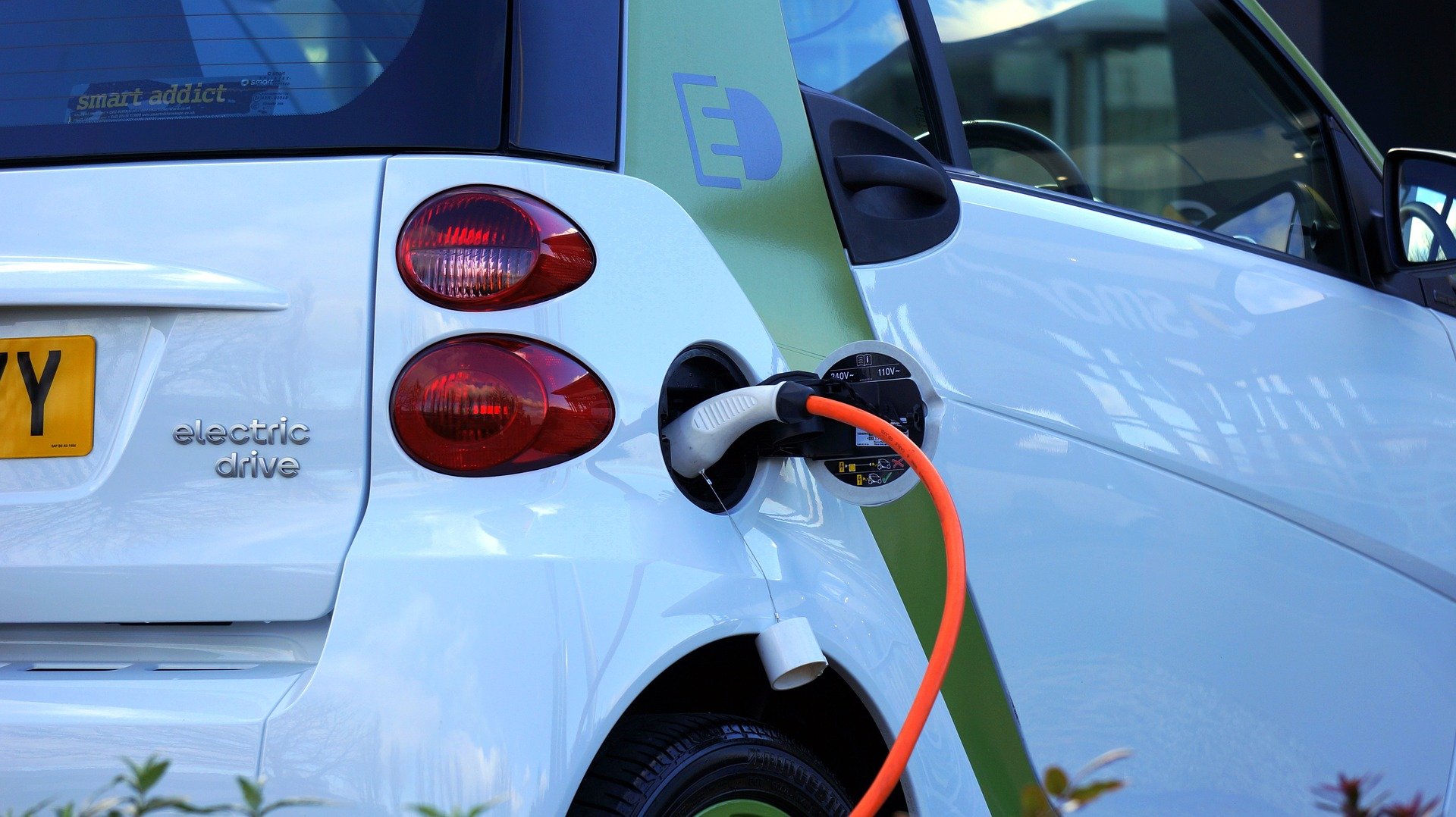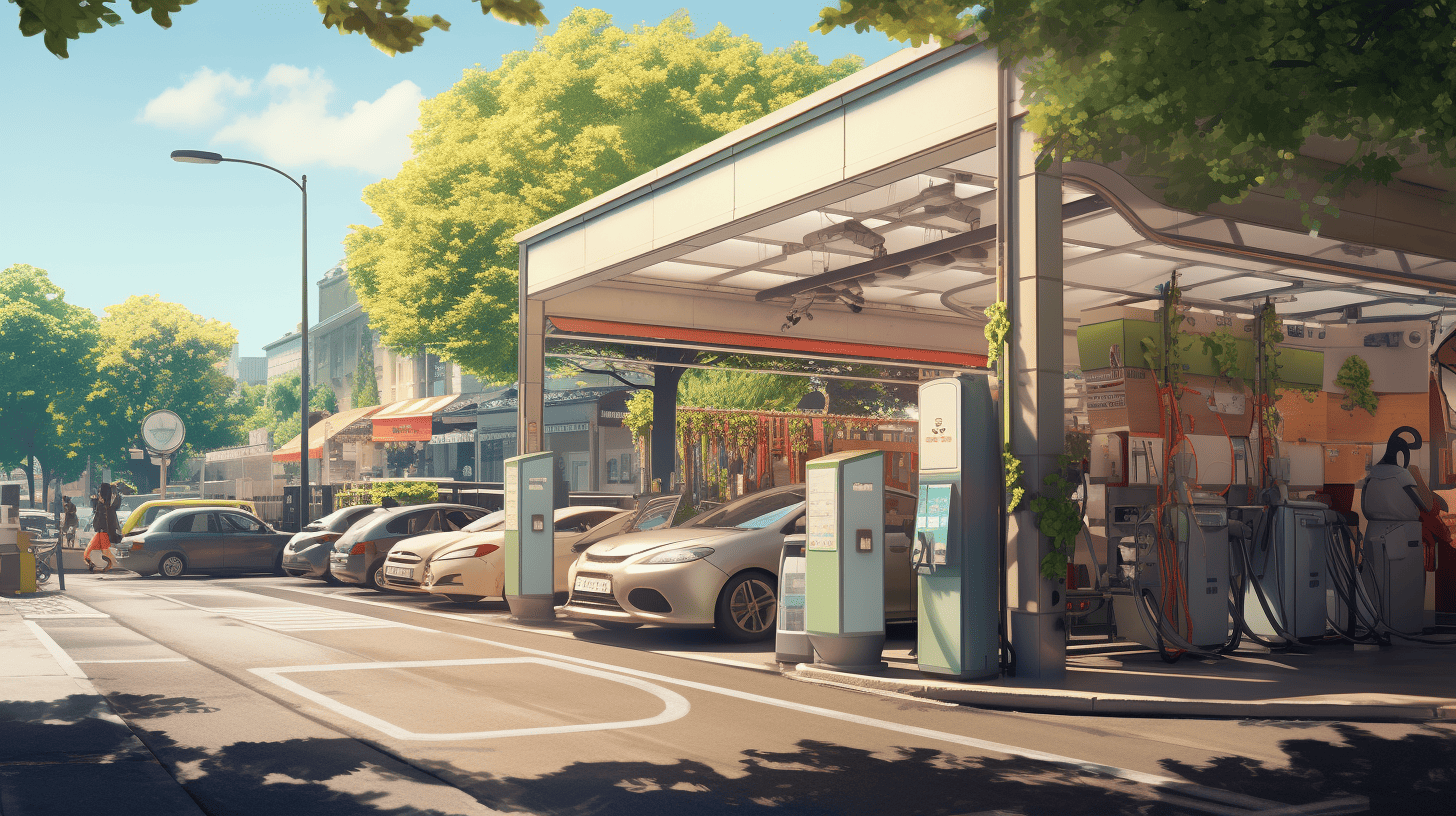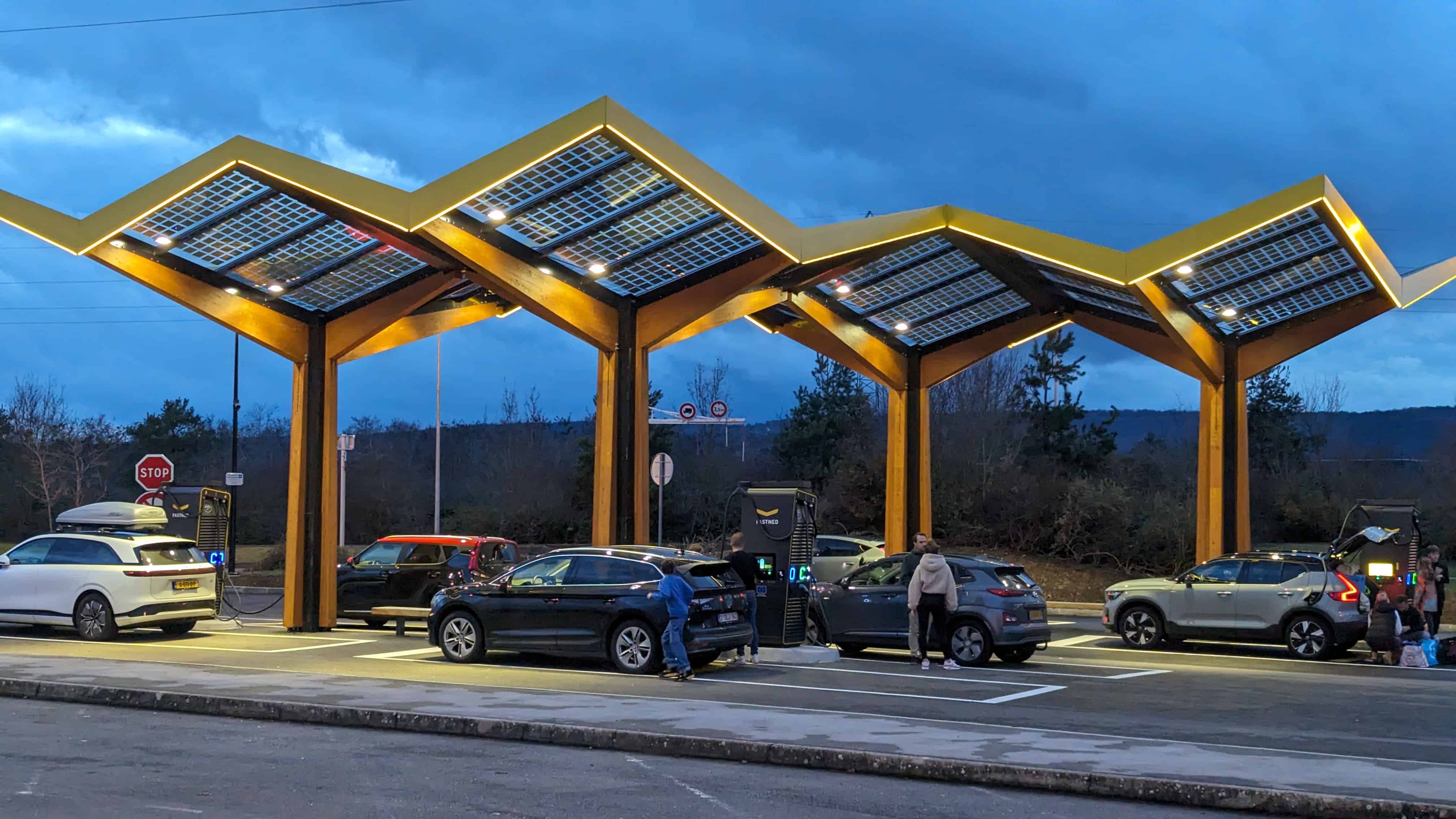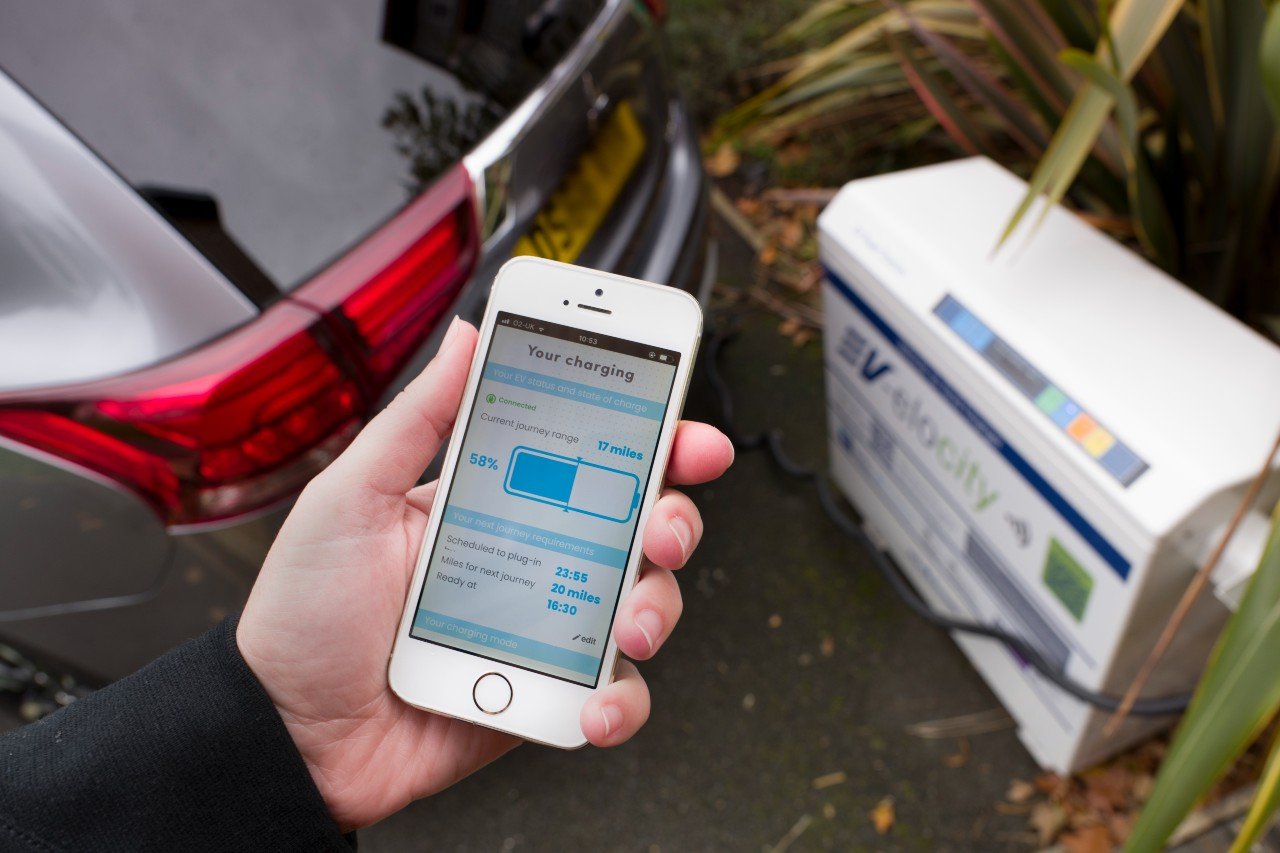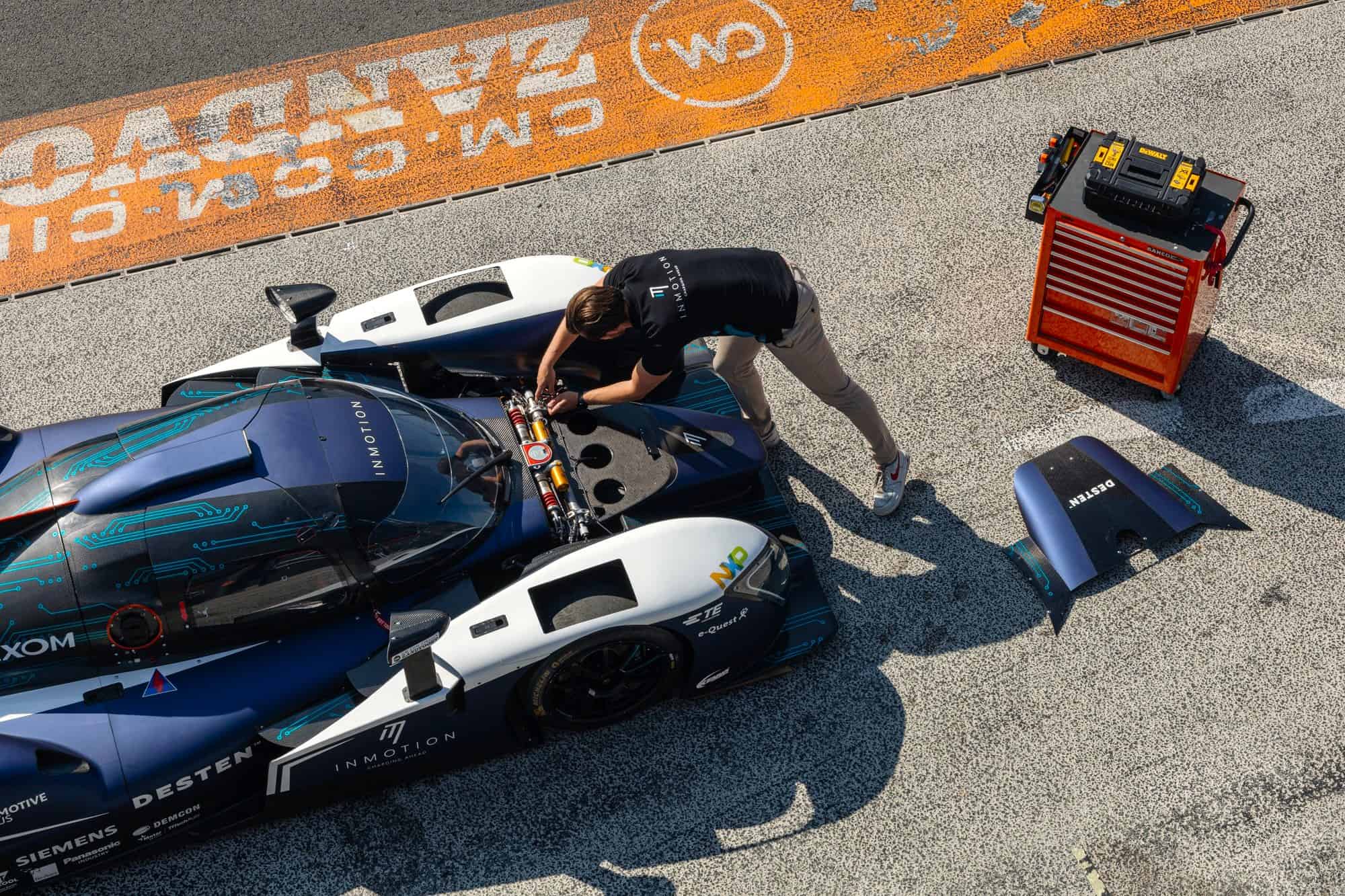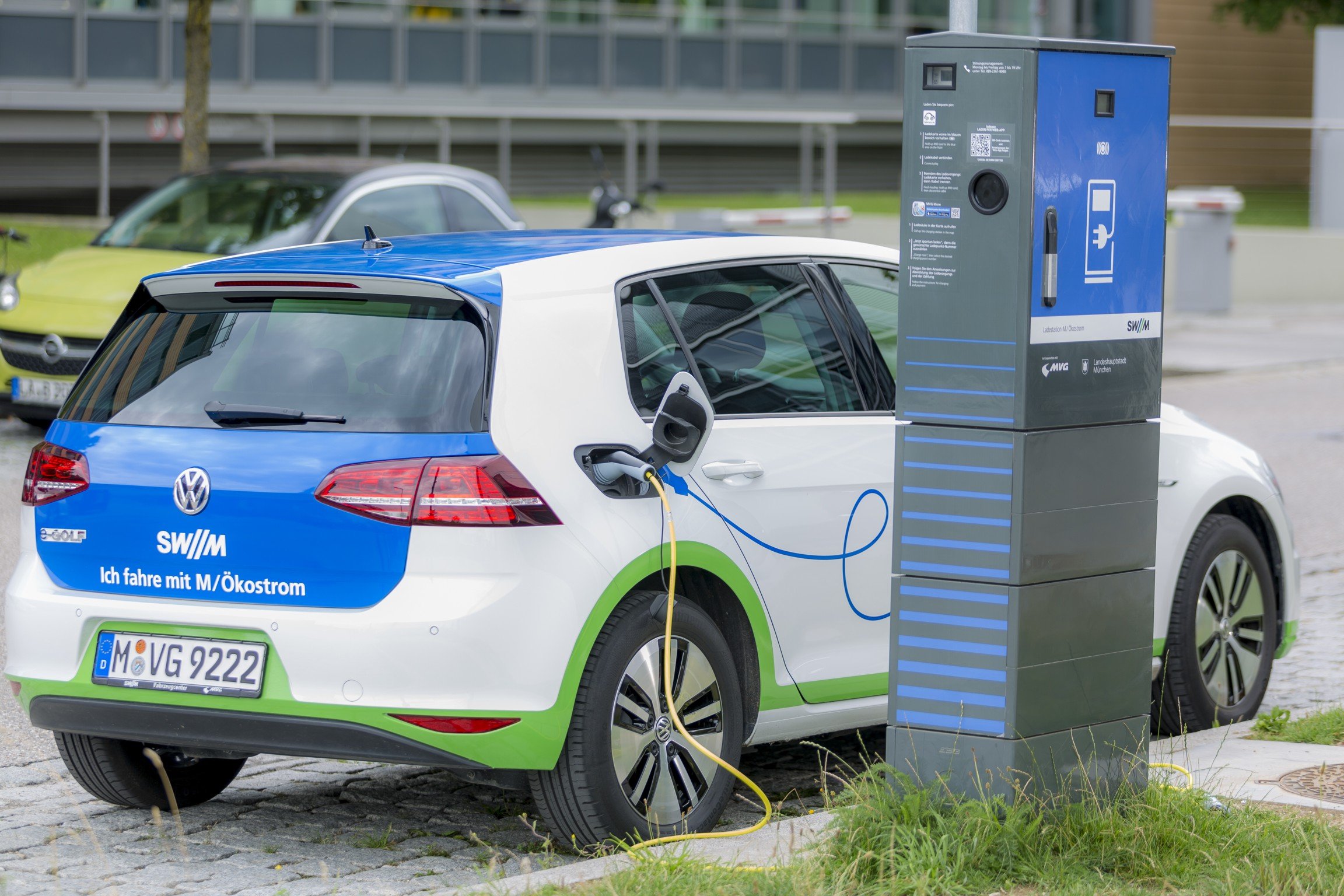
The number of charging stations for e-vehicles in Germany grew by an impressive 50 % last year. There are currently around 24,000 charge points nationwide. Which is 8,000 more than last year. Expansion of infrastructure is still ongoing. Compared to other federal states, the south is one step ahead. Bavaria, for example, was able to increase the number of charge points by 56% from 3,618 to 5,656 within one year. Just Baden-Württemberg was able to do even better, with an increase of more than 60 % from 2,525 to 4,094 charge points.
The south has also outpaced the north as far as cities are concerned. Whereas a year earlier Hamburg was still heading the list of cities with the most charge points, the Bavarian capital Munich had overtaken the Hansa city by the end of 2019. Munich currently has 1,103 public charge points. By way of comparison, the BDEW (German Association of Energy and Water Industries) charge point register lists 1,070 charge points in Hamburg and 974 in Berlin. Fast chargers account for around 15% of these.
Most of the charging stations in Munich were built by Stadtwerke München (SWM, Munich Public Utilities Authority) and Münchner Verkehrsgesellschaft (MVG, Munich Transport Corporation). In an interview with Innovation Origins, SWM’s New Mobility Program Manager Alexandra Volkwein spoke about the challenges and the city’s plans for the future expansion of charge points.
The number of charge points in Bavaria has grown by 50% within one year. Is that also the case for Munich?
I can only comment on our own charge points because we built over 90% of the public charging infrastructure in Munich. By the end of 2018 we had 350 charging terminals in Munich, which means 700 charge points. This means that we added 200 charge points last year alone. That may not amount to 50% at present, but its still quite a lot. This also means that we have outstripped all other major cities.
Still, only 15% of those are fast charge points. Why is that? Is that due to high costs?
I can’t verify these figures, but in a vast area like Bavaria, a fast-charging infrastructure is absolutely essential. For example, at motorway service stations like Tank & Rast. So some expansion has certainly taken place. I would like to test this out for myself. Since I also drive an electric car. And I can’t complain. At least on the A9 towards northern Bavaria, fast charging infrastructure is provided every 30 to 50 km. But obviously I can’t say that for all of Bavaria.
Within urban areas, we have tended to focus more on standard charging infrastructure in order to guarantee a widespread supply. This was done on the basis of scientific analysis, i.e. what is required, what charging speeds are preferred and which speeds are deemed indispensable. We wanted to expand the infrastructure as well. Including the fast charging infrastructure. But have put the whole thing on hold due to the issues surrounding measurement and calibration regulations.

So it wasn’t a question of cost, as in fast charging technology is much more expensive than standard charging technology?
It is considerably more expensive. A fast charge point is four to five times more expensive than a standard charge point. That’s a substantial difference in the cost structure. However, you will, of course, be able to charge faster. Ideally, you would have charged several vehicles in the same amount of time as you would have charged one vehicle using standard infrastructure.
The reason why we are postponing our timetable on the expansion of fast chargers, is due to legislation on measurement and calibration. The issue of measurement and calibration regulation concerns the entire industry. Initially, we had actually planned to start our expansion drive in 2016/17 with the selective construction of fast chargers on the main ring roads and access roads around the city of Munich. Plus we had also received funding approval to do that. However, we have had to keep on extending this deadline. Up until now, no fast charging hardware has appeared on the market that complies with measurement and calibration regulations.
Up for tender
For everyone who had already invested in this area, especially along the motorways, the question of whether these installed solutions can now be retrofitted will surely arise. We didn’t want to take that risk and have postponed the expansion of fast chargers to this year, to 2020. We have recently started a tender process there because credible solutions should be available on the market by the end of the first half of 2020. This means that we are hoping to find the right hardware when the contract is awarded. And then be able to install that hardware as well, of course.
I presume that fast charger operators throughout Germany had the same problem as we did. Which means that they also could not find any calibration-compliant hardware on the market. That’s why expansion of fast chargers throughout Germany has been quite sluggish despite the massive subsidies of recent years. Hopefully this year this gap will be bridged with the right hardware solution that conforms to calibration regulations and can be used in a variety of ways.
Speaking of subsidies: How will this expansion be financed? Do the city authorities provide funding? The Freistaat of Bavaria? The federal government? Where does all the money come from?
That all depends on the kind of construct you work under. As part of its promotion for clean air, the federal government has set up a charge point incentive scheme amounting to €300 million over several years. Appeals for applications are constantly being launched. The same is also reflected at state level. Which is to say that a similar funding instrument is used and call-outs are made at the level of the Freistaat of Bavaria.
Munich’s incentive scheme
The state capital of Munich announced the largest incentive scheme for electromobility in Munich in 2015. This contains a great deal of measures for electromobility. These range from e-bikes to e-taxi subsidies. This incentive scheme also includes an expansion project for public charging infrastructure.
As Munich’s public utility authority, we have been entrusted with the implementation. Anything that is not covered by proceeds will be offset by the city. The city, in turn, procures subsidies from the Freistaat of Bavaria and the federal government. This is a system that works quite well. At the moment, the fourth appeal is underway at the level of the Freistaat and the following appeal is scheduled at federal level in the near future. With a different focus each time. Sometimes it concerns several types of fast chargers. Sometimes it is primarily about standard chargers. It all depends on the specific appeal that has been launched.

Costs and deficits
You’ve got to be honest about this too. The shortfall in public charging infrastructure is still huge. Even in the foreseeable future it is far from being economically viable where standard charging infrastructure is concerned.
Munich is clearly in a comfortable position of being able to offer such a generous incentive scheme. Which not only involves the integration of public charging infrastructure but also e-buses, subsidies for electric bikes and so on. In the meantime, this amounts to €60 million.
So what concrete plans are there for further expanding charging stations this year?
The concrete plans for 2020 are such that the focus will fall on the expansion of the fast charging infrastructure. Provided that our hopes are met in terms of receiving bids that are compliant with measurement and calibration regulations. This means that this year we will expand the fast charging infrastructure to as many as 18. All over the city, along the main transport networks. Where there is very good coverage and utilization of capacity. Furthermore, this year we will also establish 30 standard charging terminals, each with two charge points as well. This means that 60 standard charge points will be added, along with 18 fast charge points.
The city has its own plans that go beyond 2020/21. However, these will not be fleshed out until later this year. As the aforementioned municipal funding program (IHFEM – Integrated Action Programme for the Promotion of Electric Mobility in Munich) is re-launched every three years. The first runs from 2015 up to and including 2017, the second from 2018 to 2020, and this year the latest scheme will run from 2021 to 2023. The public charging infrastructure will no doubt have a role to play once more.
Thank you very much for this interview.
More articles on the subject of electromobility can be found here.



